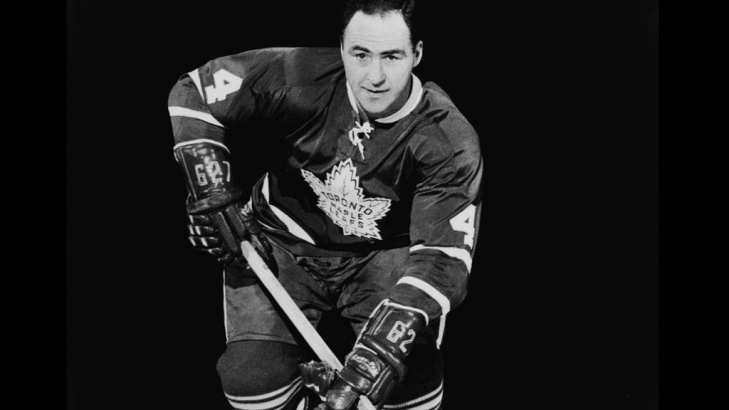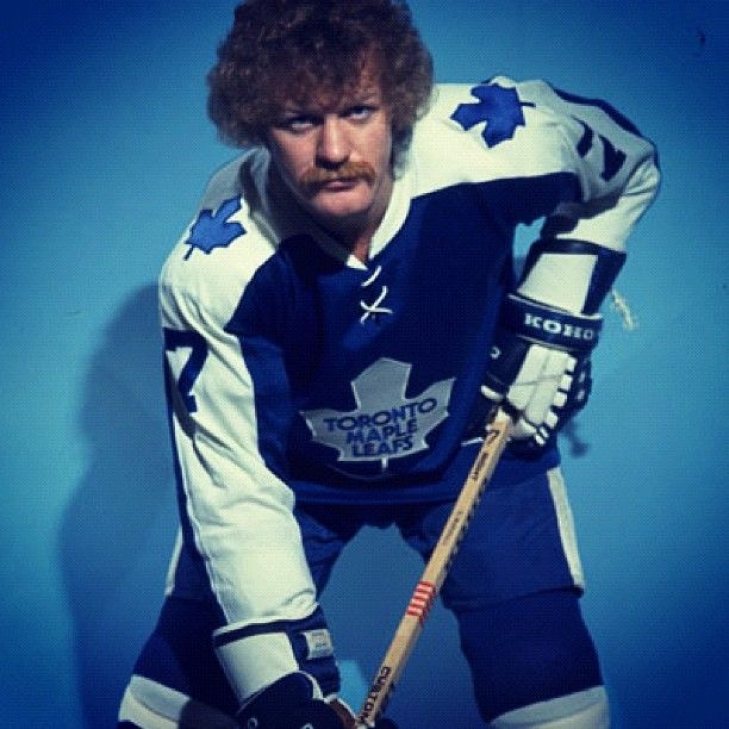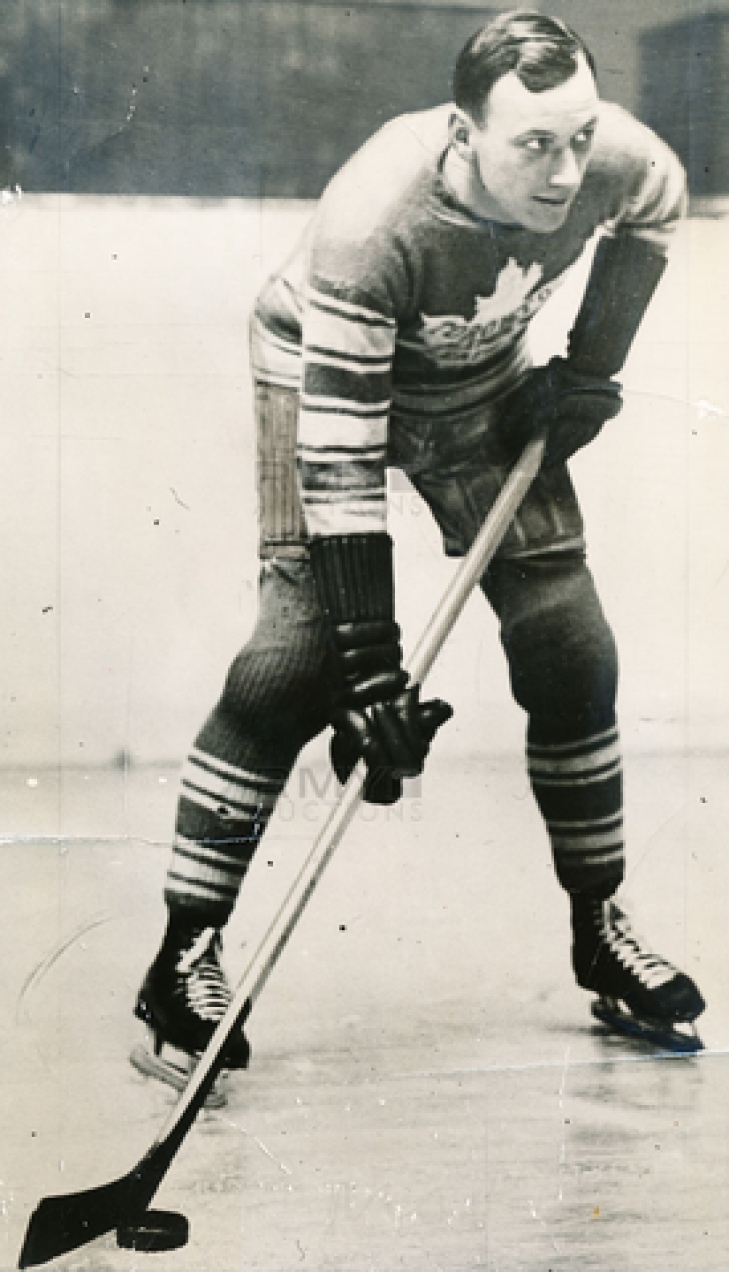
Committee Chairman
24. Joe Primeau
Joe Primeau played all of his ten seasons (1927-36) in the National Hockey League with the Toronto Maple Leafs, where he famously centered the “Kid Line” with Charlie Conacher and Busher Jackson as his wings.
A clean player who won the Lady Byng in 1932, Primeau took the Buds to the Stanley Cup that year, and his playmaking skills were on full display with his three Assists Titles. Primeau was also Second Team Al-Star in 1933-34, which was the last of three years he led the NHL in Assists.
Primeau was elected to the Hockey Hall of Fame in 1963.
23. Red Kelly
Red Kelly was the top Defenseman for the Detroit Red Wings for years, helping them win four Stanley Cups, with Kelly earning six Fist Team All-Star Selections and the first-ever Norris Trophy in the process. Kelly struggled during the 1958-59 season and disclosed to a reporter the year after that he had played with a broken ankle. This breach of intelligence angered Jack Adams, Detroit's General Manager, and he traded him to the New York Rangers, who Kelly refused to report. Kelly did accept a trade to Toronto, which happened late in the 1959-60 Season.
Kelly brought his winning pedigree to the Leafs, and he moved from Defense to Center, allowing his playmaking skills to flourish. He won the Lady Byng in 1961 (his fourth), and the year after, he was a large part of Toronto’s three consecutive Stanley Cups. Kelly played until 1967, winning a fourth Cup to equal the amount he captured as a Red Wing.
Kelly went on to coach for the Los Angeles Kings, the year after he retired.
He entered the Hockey Hall of Fame in 1969, and the Maple Leafs would add him to their honored banners in 2006. His number 4 (shared with Hap Day) would be part of the mass retirements in 2016.
22. Lanny McDonald
Taken with the fourth overall pick in the 1973 Draft, Lanny McDonald made the Toronto Maple Leafs that year, and two seasons later, the mustached one was one of the snipers in hockey.
The Right Wing would be on a line with Darryl Sittler, and the two lit up the league. McDonald was a Second Team All-Star in 1976-77, scoring 46 Goals, which began a four-year streak hitting the 40-Goal plateau. His most famous goal occurred in the 1978 Playoffs, where he put the puck in the net in the series clincher against the heavily favored New York Islanders.
McDonald would be used as a pawn in the feud between Sittler and Maple Leafs’ owner, Harold Ballard, as he was traded to the Colorado Rockies during the 1979/80 season. He would later join the Calgary Flames and win the Stanley Cup in 1989, which was McDonald's final season.
With the Maple Leafs, McDonald had 219 of his career 500 Goals. He was elected to the Hockey Hall of Fame in 1992 in his first year of eligibility.
21. Ace Bailey
Irvine “Ace” Bailey was not planning to turn his hockey playing into a professional career, and in the 1920s, that was not considered a lucrative option. The Toronto St. Patricks saw an abundance of talent in Bailey, and he signed with them before the 1926/27 season.
Bailey was an instant star, utilizing his marksmanship and speed to become one of the premier snipers in hockey. Bailey would lead the NHL in Goals in 1928-29 (22) and Points (32), and he had two more 20-Goal/40-Point years, which was an impressive accomplishment back then.
On December 12, 1933, the Leafs were on the road against Eddie Shore and the Boston Bruins. During the game, the tenacious King Clancy checked Shore with brute force, leading the Bruin to seek vengeance. Shore got up, and with the Leafs advancing to the Boston zone, he used his stick to viciously trip Bailey (who he thought was Clancy), who thunderously fell to the ice head-first.
Bailey was not just knocked out cold; he was in a coma for ten days, of which it was thought he would never recover. Bailey came out of the coma, but his playing career was over. To help Bailey financially, an All-Star Game, the first of its kind in the NHL, happened in 1934, with Shore and Bailey shaking hands to start the game.
The Maple Leafs honored Bailey and made history in the process by becoming the first NHL team to retire a number when Bailey’s number 6 was retired.
Bailey was finally elected to the Hockey Hall of Fame in 1975.





